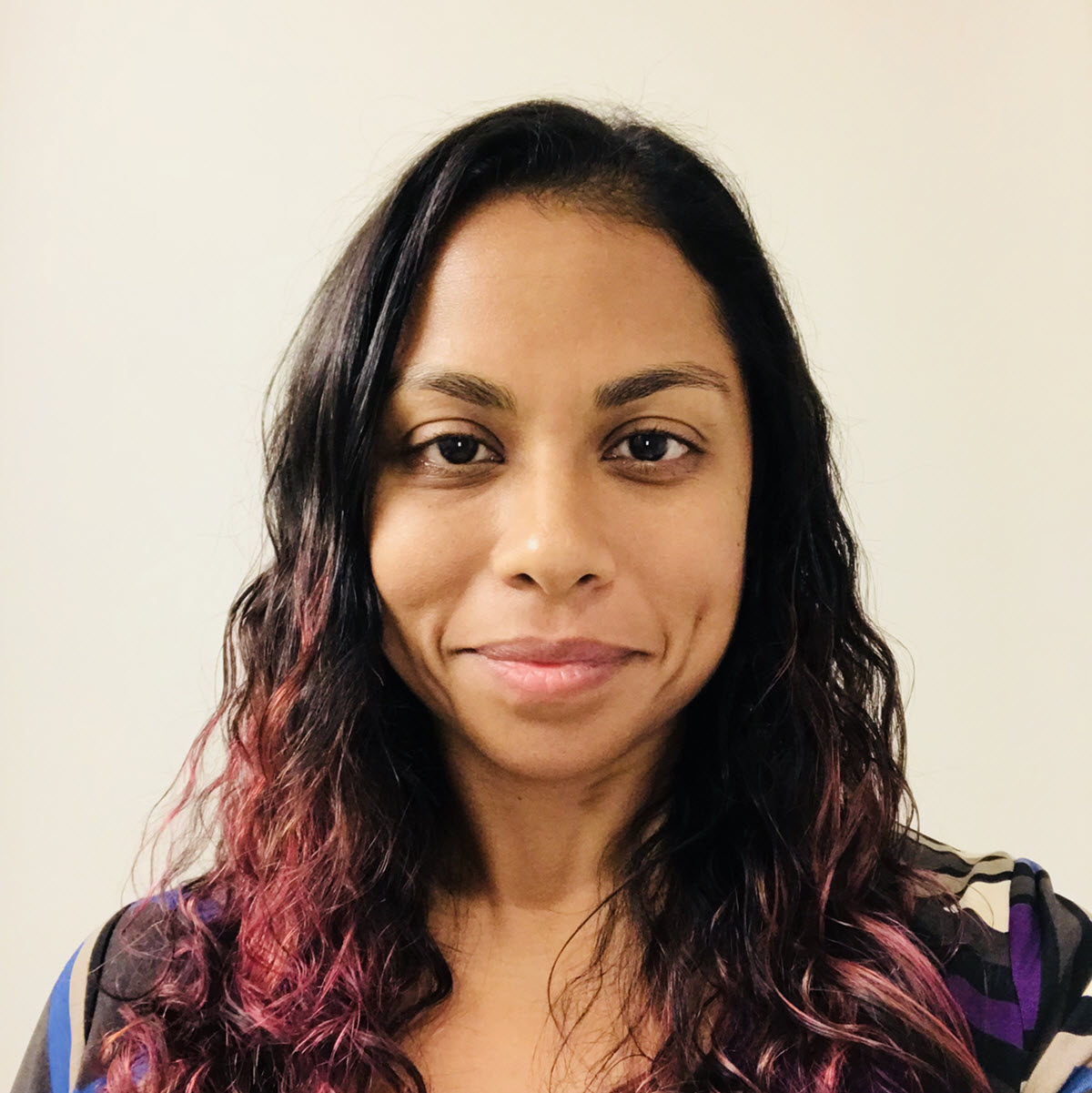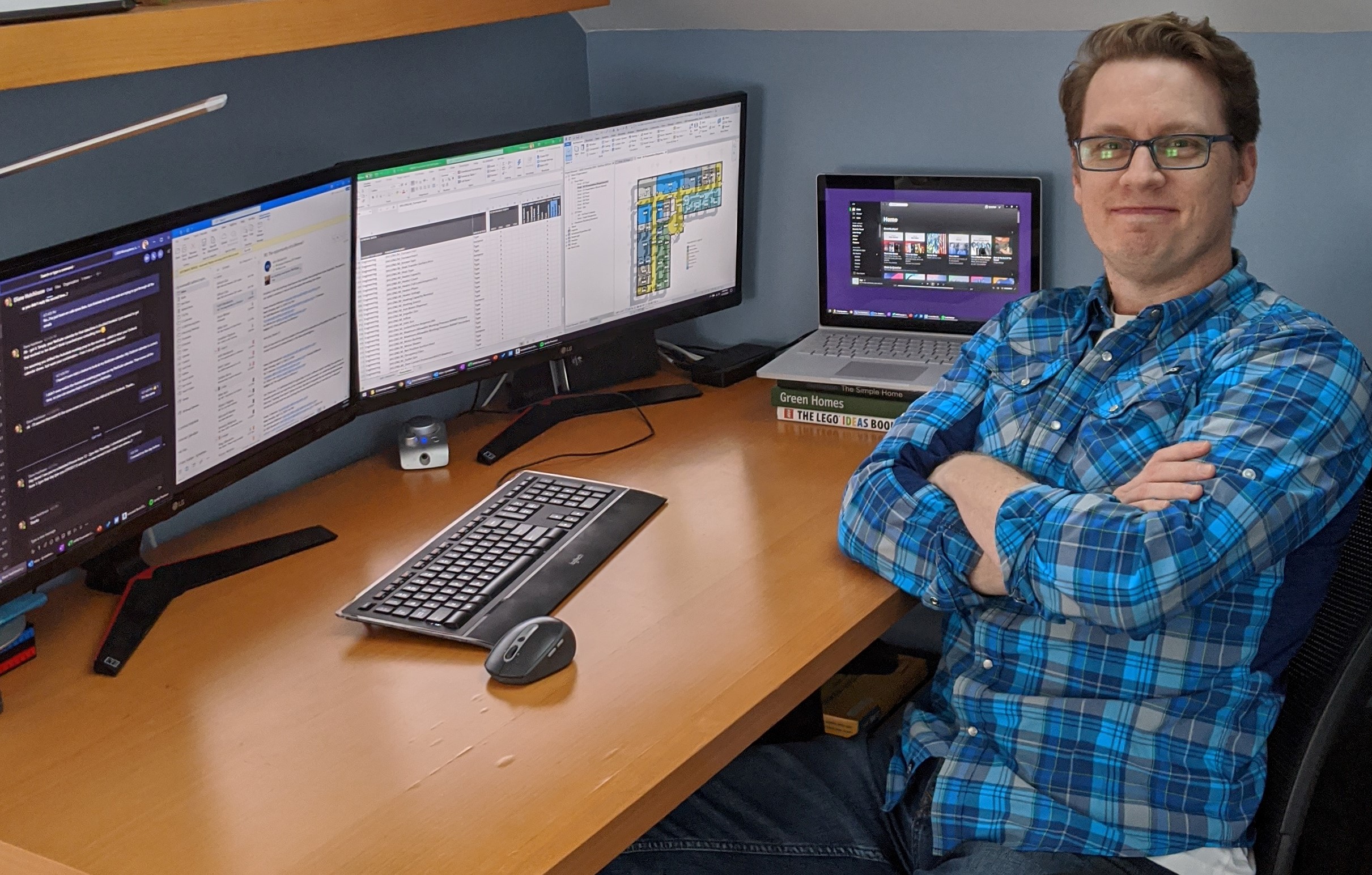Earlier this week, we hosted our fifth Ask Us Anything AEC Panel Discussion. If you're unfamiliar with this event, it's a live Q&A where customers can ask their software questions and have them answered by a panel of CADD experts. During this past go-around, we had a really great question that we felt deserved a follow-up blog post.
Here is the question we received from a customer:
"What do you think comes next for BIM and AEC? How would you recommend people get ready for the coming changes?"
And here are the responses from our team:
Chris Lindo, Consultant
I can give you a little bit of an opinion here. What I see is the industry is moving towards a more integrated, more smart building, or smart building planning, If you will. We see a lot of technology, obviously, moving to a smart building sort of system, and what I see been really kind of feeding into that, and the importance of being able to plan for that ahead of time.
What does that actually look like? And how can we integrate our systems together to make a better, a better building? And to start combating sick building syndrome, if you will, and rather build a healthy building? That's all integrated. That's where I see a lot of things going on, how to prep that, really, is just, keep up to date with what's coming out in software., And even, start to become more of a thought leader in that sort of field. Not just what is our software doing, and what can we do with it, but how can we make it better? How can we also incorporate new software, really new technology, into our day-to-day activities?
 Purvi Gandhi Irwin, Practice Manager, Architecture
Purvi Gandhi Irwin, Practice Manager, Architecture
Right now, I support a lot of smaller interior design firms that are just coming to use Revit. And it seems like the smaller companies are realizing that there are a lot of benefits to being in them, and to being in a more collaborative environment.
I think that the hardest thing is that it is a big change; the shift right from hand drawing to AutoCAD was not really a paradigm shift. It was just taking what I did by hand and doing it in the computer. But going from 2 D to 3D is really a paradigm shift. Luckily as designers, we're taught to think outside of the box. We are taught to think forward and use our brains to help us think of new, creative ideas. And you have to use that problem-solver attitude when you're looking at using the next pieces of technology.
Because I think that what I've found is that the heart of the people that struggle the most are the ones that really just have a hard time with making that shift. And always wanting to say, well, this is how I did it here. And how can I compare this to this. And you can't always dot that; it's not just like apples to oranges. Sometimes it's apples so like a steak. They are just very, very different. And so, you kind of have to think about. You have to come at it with this very open mind, with this idea that I need to blow up everything that I know. And yes, it's scary, but, again, and this is a little bit of marketing here, but we're here to help you do that.
So, I have a small firm that literally has eight people who decided to go to Revit and then BIM 360 , all at once. And it's scary, but they're doing They're doing well, and they're getting into it and they're really finding the benefits of it. And you know, they're using it internally right now, but they're starting to use it with other firms.
And I think that people are realizing the time they wasted with all this manual stuff that they have to do now, that it's all automated in this new technology system, and inside of BIM. They're realizing that it’s making them happier, because they don't have to do the tedious things. All of the tedious stuff is automated, so you can focus on what I like to call “the fun part,” which is design, and why we all got into this in the first place.
 T.J. Meehan, Vice President of Technology Solutions
T.J. Meehan, Vice President of Technology Solutions
There are a couple trends that I see that are, that are happening in the industry, and, for architects and engineers who traditionally design a project handed over walkaway. And I think that that business model has worked for a long time, but that business model seems to be shifting to what we're going to see more and more is architects and engineers doing a digital representation of that building. And then helping the owners manage that digital representation. What you sometimes hear is called a Digital twin.
So that no longer will that the architect or engineer step away after design-build, and that the owner takes it. But they will help them maintain their digital twin and help them maintain their building assets, and keep them updated as renovations happen, as projects take place.
And so I think you're gonna see a lot of that, and there'll be more kind of ongoing services from architects and engineers moving forward.
I also think there's two key technologies that are really going to explode in the next few years. And the first one is: the whole idea of augmented reality. We see tons of virtual reality nowadays, where you put on the goggles and you can't see anything else, except what's in there. I mean, it's just immersive screen. That's all it is.
But this idea of augmented reality, which we're seeing, some of it is really going to become mainstream. I can be on a construction site and through my glasses or through an iPad I can see what's being built, but overlaid on top of it, I can see the digital version of that. So, I know what pipes are behind that wall, or what the dimensions something is supposed to be. I think that that is going to play a huge role, and it's going to force architects, engineers, designers, to be much more accurate with their models than they are now.
The other big technology, I think that is going to change, especially in the field, is flexible screens. Right now, we print and we print tons of stuff, and sure, there's some people walking around with iPads on many sites, and in usingBIM 360to access the information they want. Those screens are still really small. As we get into these flexible screens where I could just roll it out and have as big or as small screen, I want, I think that's going to fundamentally change how contractors, subcontractors, architects, engineers work with drawings and accessing data and information.
We hope you find these responses helpful and will join us for the next Ask Us Anything AEC Panel Discussion on Thursday, May 13 at 10:00AM EST. Check our events page in the coming weeks for registration information and get your best software questions ready!
